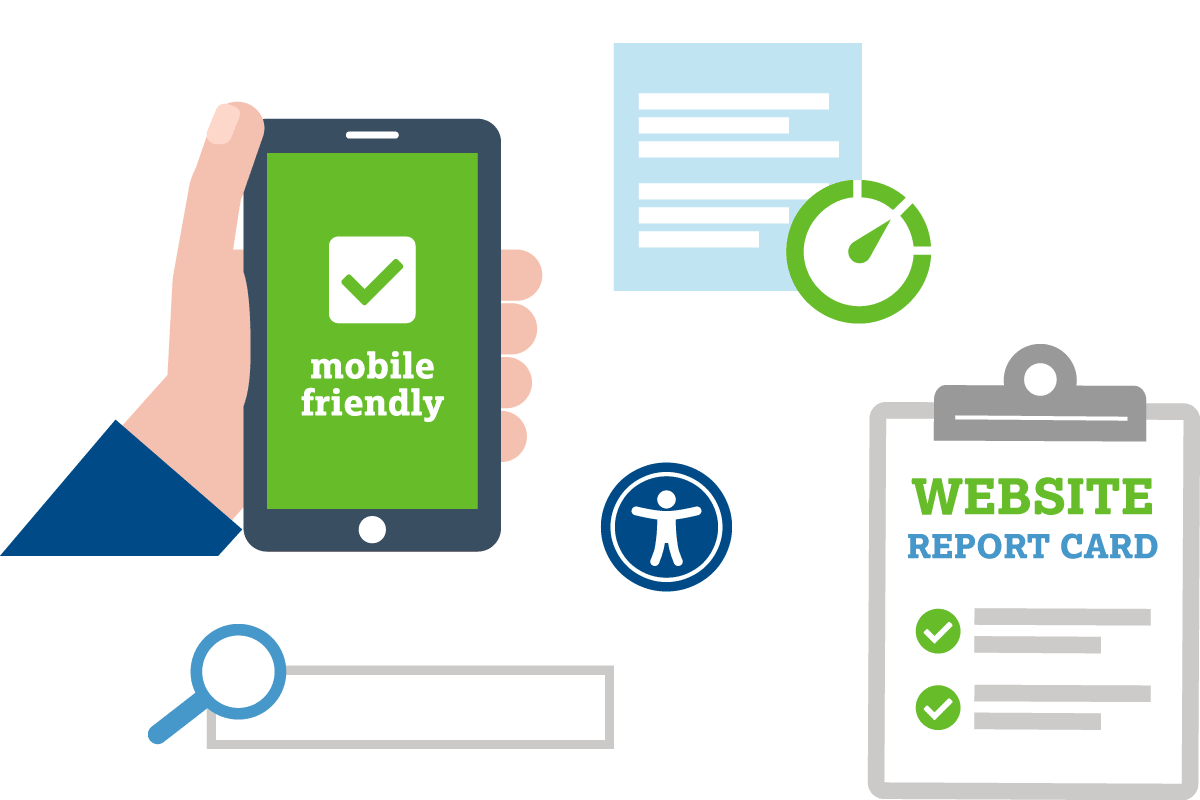Have you ever wondered why some brands seem to be everywhere, while others struggle to gain recognition? The answer lies in the power of perception and the concept of brand awareness. In today’s digital age, where websites are the backbone of businesses, having a strong online presence is critical. But what does it take to optimize a website for maximum brand exposure? This article delves into the secrets of brand awareness, exploring the strategies behind website optimization, demand generation versus lead generation, and the role of digital marketing in capturing your target audience’s attention. Join us as we unveil the key elements that unlock the potential of brand awareness and set your business apart from the competition.
Website Optimization: Maximizing Visibility and User Experience
In today’s competitive digital landscape, having a strong online presence is crucial for businesses to succeed. One of the key aspects of establishing a powerful brand is through website optimization. By maximizing visibility and enhancing user experience, businesses can effectively capture the attention of their target audience and reinforce their brand awareness.
Maximizing visibility is an essential component of effective website optimization. With countless websites vying for attention, it is vital to ensure that your website stands out from the crowd. This can be achieved through various techniques such as search engine optimization (SEO), which involves optimizing your website’s content to make it more visible on search engine result pages.
By strategically incorporating relevant keywords, creating high-quality content, and enhancing website loading speed, businesses can improve their search engine rankings, ultimately driving more organic traffic to their website. This increased visibility not only helps in creating brand awareness but also establishes your website as a go-to resource for your target audience.
However, website optimization is not solely about boosting visibility; it also focuses on enhancing user experience. A user-friendly website that provides easy navigation and intuitive design elements helps users to navigate through your website seamlessly. When users have a positive experience while browsing your website, they are more likely to engage with your brand, share your content, and ultimately become loyal customers.
To improve user experience, it is essential to consider factors such as website responsiveness across various devices, clear and concise messaging, and streamlined call-to-action buttons. By prioritizing user experience, businesses can create a favorable impression on visitors, improving their brand perception and increasing the likelihood of conversions.
Overall, website optimization plays a crucial role in maximizing brand awareness. Through strategies like search engine optimization and prioritizing user experience, businesses can effectively boost their online visibility and establish a strong brand presence in the digital space.
How Much Does A Fractional Cmo Cost
Demand Generation vs Lead Generation: Understanding the Distinction
When it comes to driving business growth and increasing brand awareness, two important strategies often come into play: demand generation and lead generation. While the ultimate goal may be similar, there are distinct differences between these two approaches.
Demand generation focuses on creating and nurturing awareness and interest in a company’s products or services. It involves activities that generate demand and attract potential customers. Through various marketing efforts, such as content marketing, social media campaigns, and website optimization, businesses aim to capture the attention of their target audience and build brand awareness. The goal is to create a desire for the product or service, generating interest and curiosity among potential customers.
On the other hand, lead generation is all about capturing and converting these interested prospects into actual leads. It centers on identifying individuals who express intent to purchase and collecting their contact information for further engagement. Lead generation tactics include forms, landing pages, lead magnets, and email marketing. The focus is on quality leads rather than quantity, with the aim of nurturing these leads into becoming customers.
In summary, demand generation is about creating awareness and generating interest, while lead generation is about capturing and converting that interest into actionable leads. Both strategies are crucial components of a comprehensive digital marketing plan and play vital roles in building brand awareness and driving business growth.
Building Brand Awareness through Effective Digital Marketing Strategies
In today’s digital era, having a strong online presence is crucial for building brand awareness. Digital marketing strategies play a key role in helping businesses optimize their websites and reach their target audience. By leveraging the power of digital platforms, businesses can effectively showcase their brand and increase their visibility.
Website optimization is one effective digital marketing strategy that helps businesses enhance their online presence. By ensuring that their websites are user-friendly, fast, and mobile-responsive, businesses can provide a seamless browsing experience to their visitors. This not only improves customer satisfaction but also boosts brand awareness as users are more likely to engage with a website that is easy to navigate.

Another important aspect of digital marketing for brand awareness is the distinction between demand generation and lead generation. While demand generation focuses on creating awareness and generating interest in a product or service, lead generation involves capturing customer information to cultivate potential sales opportunities. By employing both strategies effectively, businesses can create a strong brand presence and nurture leads into valuable customers.
Digital marketing also offers various tools and techniques for enhancing brand awareness. Social media platforms provide businesses with a unique opportunity to connect with their target audience directly. By posting engaging and relevant content, running targeted advertising campaigns, and interacting with followers, businesses can build a loyal customer base and increase brand recognition. Additionally, search engine optimization (SEO) techniques can improve a website’s visibility on search engine results pages, making it more likely to be discovered by potential customers.
By harnessing the power of digital marketing strategies such as website optimization, demand generation, and lead generation, businesses can effectively build brand awareness. Utilizing these strategies ensures that businesses are visible to their target audience, creating opportunities to engage and connect with customers. With a strong online presence, businesses can increase brand recognition, enhance customer loyalty, and ultimately drive business growth.



